Related Research Articles

Friedrich Christian Anton Lang, better known as Fritz Lang, was an Austrian film director, screenwriter, and producer who worked in Germany and later the United States. One of the best-known émigrés from Germany's school of Expressionism, he was dubbed the "Master of Darkness" by the British Film Institute. He has been cited as one of the most influential filmmakers of all time.

Dr. Mabuse is a fictional character created by Norbert Jacques in his 1921 novel Dr. Mabuse, der Spieler, and his 1932 follow-up novel Das Testament des Dr. Mabuse (1932). The character was made famous by three films about the character directed in Germany by Fritz Lang: Dr. Mabuse the GamblerThe Testament of Dr. Mabuse (1933) and the much later The Thousand Eyes of Dr. Mabuse (1960). Five other films featuring Dr. Mabuse were made by other directors in Germany in the early 1960s, followed by Jess Franco's interpretation The Vengeance of Dr. Mabuse in 1971.

The Testament of Dr. Mabuse, also called The Last Will of Dr. Mabuse, is a 1933 German crime-thriller film directed by Fritz Lang. The movie is a sequel to Lang's silent film Dr. Mabuse the Gambler (1922) and features many cast and crew members from Lang's previous films. Dr. Mabuse is in an insane asylum where he is found frantically writing his crime plans. When Mabuse's criminal plans begin to be implemented, Inspector Lohmann tries to find the solution with clues from gangster Thomas Kent, the institutionalized Hofmeister and Professor Baum who becomes obsessed with Dr. Mabuse.

Gustav Diessl was an Austrian artist, and film and stage actor.

Otto Karl Robert Wernicke was a German actor. He is best known for his role as police inspector Karl Lohmann in the two Fritz Lang films M and The Testament of Dr. Mabuse.
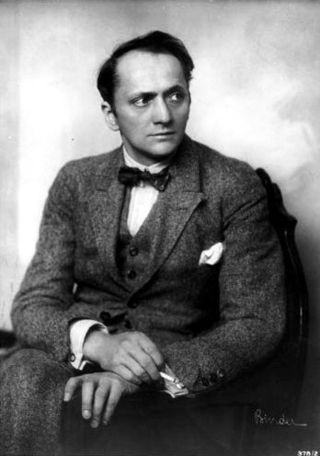
Theodor August Konrad Loos was a German actor.
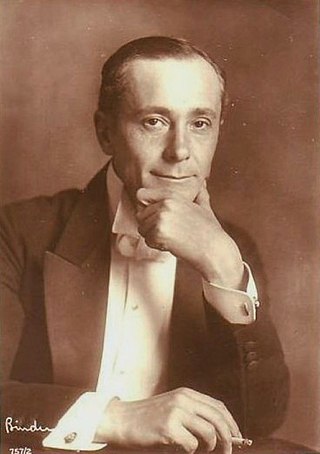
Alfred Peter Abel was a German film actor, director, and producer. He appeared in more than 140 silent and sound films between 1913 and 1938. His best-known performance was as Joh Fredersen in Fritz Lang's 1927 film Metropolis.
Charles Puffy was a Hungarian film actor.

Norbert Jacques was a Luxembourgish novelist, journalist, screenwriter, and translator who wrote in German. He was born in Luxembourg-Eich, Luxembourg and died in Koblenz, West Germany. He created the character Dr. Mabuse, who was a feature of some of his novels. Dr. Mabuse, der Spieler, the first novel to feature Mabuse, was one of the bestsellers of its time; it sold over 500,000 copies in Germany. Today, Jacques is known best for Dr. Mabuse. In 1922, he received German citizenship.

Walter Rilla was a German film actor of Jewish descent. He appeared in more than 130 films between 1922 and 1977. He was born in Neunkirchen, Germany and died in Rosenheim, Germany.
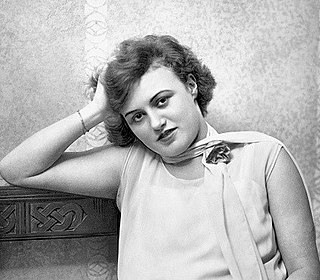
Camilla Spira was a German film actress. She appeared in 68 films between 1924 and 1986. She was born in Hamburg, Germany, of Jewish ancestry on her father's side, and died in Berlin, Germany. Her father was the Austrian actor Fritz Spira who died in the Ruma concentration camp in 1943. Her mother was actress Lotte Spira and her sister was the East German actress Steffie Spira.

Julius Falkenstein was a German stage and film actor of the silent era. He appeared in more than 180 films between 1914 and 1933. Falkenstein was Jewish, but secured a special permit to continue making films following the Nazi rise to power in 1933. He died of natural causes the same year, having made only one further film.
Fritz Arno Wagner is considered one of the most acclaimed German cinematographers from the 1920s to the 1950s. He played a key role in the Expressionist film movement during the Weimar period and is perhaps best known for excelling "in the portrayal of horror," according to noted film critic Lotte H. Eisner.
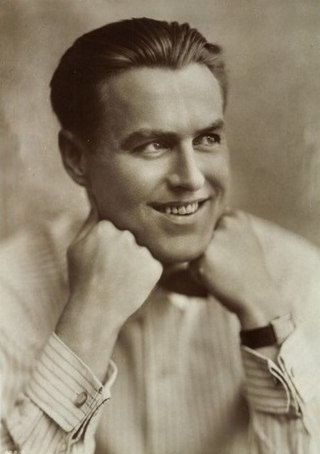
Paul Richter was an Austrian film actor. He owed his great popularity in German films of the silent era largely to the directors Joe May and Fritz Lang.
Nero-Film AG was a German film production company founded in 1925 and based in Berlin during the Weimar era.
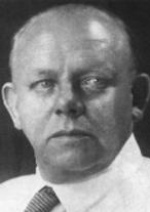
Otto Hunte was a German production designer, art director and set decorator. Hunte is considered one of the most important artists in the history of early German cinema, mainly for his set designs on the early silent movies of Fritz Lang. A working relationship with fellow designers Karl Vollbrecht and Erich Kettelhut defined his early career. Hunte's architectural designs are found in many of the period's most important films including Dr. Mabuse the Gambler, Die Nibelungen (1924), Metropolis (1927) and Der blaue Engel. Hunte subsequently worked as one of the leading set designers during the Nazi era. After World War II, he was employed by the East German DEFA studios.
Michael von Newlinsky was an Austrian film actor who appeared in numerous supporting roles during his career, in films such as Georg Wilhelm Pabst's Pandora's Box (1929).
Bryan Edgar Wallace (1904–1971) was a British writer. The son of the writer Edgar Wallace, Bryan was also a writer of crime and mystery novels which were very similar in style to those of his father. He was named after the American politician William Jennings Bryan who his father encountered during a trip to North America.
Heinrich Gotho was an Austrian film actor. Born in Dolina, he started his acting career at some provincial theatres until he found an engagement at the Neues Volkstheater in Berlin. The character actor appeared in over 50 films between 1922 and 1933, mostly in smaller roles. He notably appeared in numerous films by director Fritz Lang, among them Dr. Mabuse the Gambler (1922), Metropolis (1927) and M (1931). Gotho was forced to retire from film acting in 1933; as a Jew he could no longer work in Nazi Germany. He died in 1938 in the Jewish Hospital of Berlin-Wedding.
Franz Stein (1880–1958) was a German cinematographer and film actor. During the silent era he shot a number of films, many of them for National Film. After 1925 his film appearances were exclusively as an actor.
References
- ↑ Setliff p.138